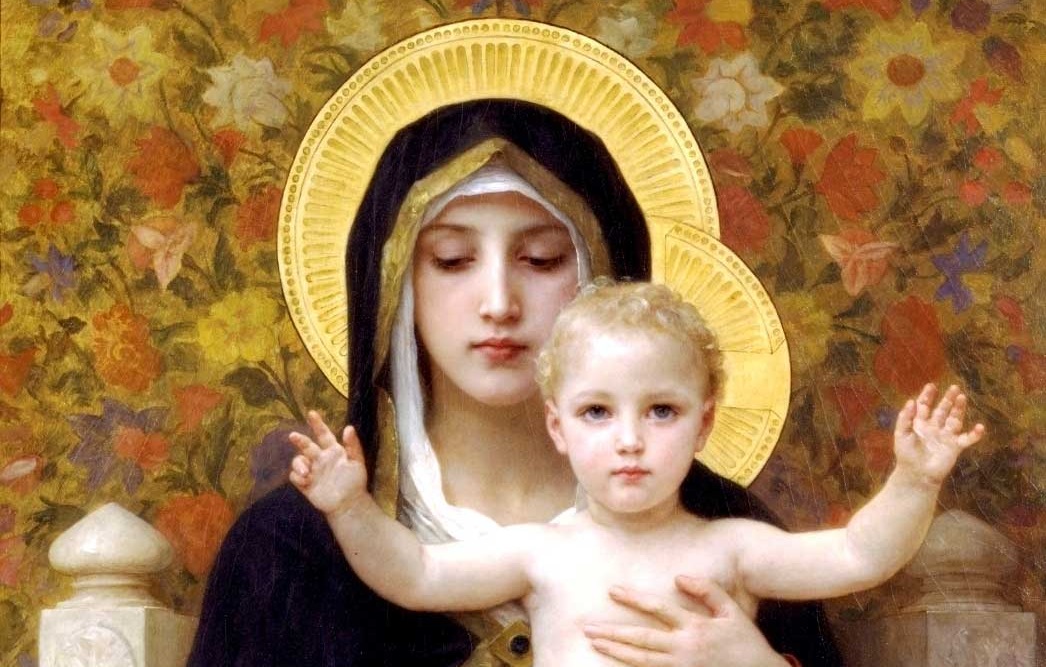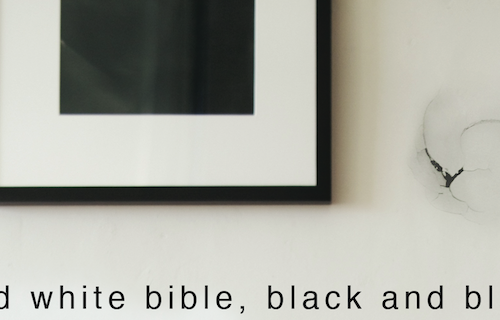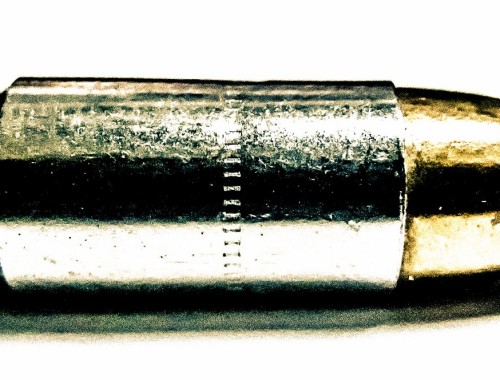I puzzled over yarek naphal for days– I dug through commentary after commentary, through lexicons, through concordances, through history books– and what I found was frustrating. Of the people who bothered to remark on what yarek naphal meant, most seemed comfortable assuming that “thigh to rot” was a euphemism for miscarriage– but no one said why. It was usually a short phrase, perhaps a sentence, and then the commentary would move on to explanations why this ritual appeared in Numbers. Exasperated, I ranted for a bit on twitter, and one of my amazing readers, Jennifer, directed me to some resources I am ashamed to say I hadn’t thought about.
She gently pointed me in the direction of Judaism, and told me that I was likely to find answers there that I was unlikely to find elsewhere.
She was right.
When I first started researching the Numbers 5 pssage in Judaism, I was incredibly overwhelmed. Many of the websites I was visiting assumed you had a basic knowledge of Judaism– which I most definitely did not. I had to familiarize myself with terms like Tanakh and Torah Shebictav and Mishnah.
So, I started reading what the Mishnah (the written record of rabbinic oral tradition) had to say about Numbers 5. This ritual, known as “The Ordeal of the Bitter Waters” in Christianity, is referred to in Judaism as the Sotah (“Errant Woman”). One of the first things that was consistently pointed out is that the Sotah is a specific type of ritual very common in ancient Middle Eastern cultures– the “divine ordeal.” Western culture is most familiar with the “divine ordeal” in the form of ordeal by cold water— commonly used in witch trials. However, what is curious about the Sotah is that this is the only time that this form of ritual appears anywhere in the Tanakh. There is no other form of “divine ordeal” in Judaism. It is also significant to note that the Sotah was discontinued, and there are no records of it ever being performed.
However, the startling thing that stood out to me was that in translations by Jewish scholars– people who are steeped in the culture that I am wholly separated from– the way they translate yarek naphal is as “discharged uterus” (this is also how it appears in the NRSV). And what I discovered is that this is because there is a linguistic connection between “thigh,” “belly,” and reproductive systems. Yarek, in other places in the Tanakh, means “place of procreative power“– for both men and women. And naphal is actually closer to “fall,” but it is connected to violent death, to wasting away, and to failure.
The linguistic connections in yarek naphal paints a picture of something either dying or wasting away in a woman’s uterus.
This picture clicked with me in an epiphany a little while later as I was reading Half the Sky. In it, Nicholas Kristof and Sheryl WuDunn spend a lot of time talking about the global maternal mortality rate, and one of the primary reasons for it: fistulas. Specifically, obstetric fistulas due to obstructed labor. Nicholas and Sheryl spent time in Africa, in hospitals dedicated to helping women with this medical problem. They tell the stories of many women who have fistulas, and the medical care they desperately need.
But, as I read, something struck me. When they described the horrific plight of these women, they described these woman as surrounded by shame and ostracism– because their thighs are literally rotting away. For the women who survive, they are shunned by their families and communities because of this. It is not an image that I, as a modern American, am at all familiar with. I’m barely even aware of maternal mortality (although America’s rate is the same as Iran, Bahrain, and Hungary, and close to Saudi Arabia and Turkey)– but, it is an image that would have been common in the ancient middle East– and in 1611 England, when the translators chose the phrase “thigh to rot” for yarak naphal.
I had an answer– the Sotah ritual, if the woman was guilty, would resort in any pregnancy being aborted as well as a lifetime of barrenness.
As I continued reading about the ritual and Hebrew perspectives on it, the question that I’d been terrified to face, the question what does this mean about God, slowly faded, and I realized something that’s continued to help me in the few months since then.
I was afraid of Numbers 5 because I didn’t know how to face a God that would command that. I didn’t know if I could continue believing in a God that forced abortions. To me, that’s the only thing this passage could mean; God had created a ritual that forced abortions in order to prove a woman’s guilt.
But, as I explored the “ordeal of bitter waters,” I began to view the ritual through a different light. My perspective grew, and I attempted to see Numbers 5 not through the eyes that I’d been given as a child– the eyes that saw a holy, righteous, wrathful God ruthlessly punishing disobedience– but through eyes that see God as a mother-father trying to protect her children from themselves. Something Rabbi Riskin wrote nudged me in that direction:
Judaism emerged from the Middle East, where jealousy is rampant and women are often considered the chattel of their husbands. A jealous husband can easily persuade himself to harm the wife whom he suspects of adultery. I therefore believe this trial of the bitter waters provided a marvelous psychological ploy to protect the woman from a husband’s wrath.
This was an idea I started encountering everywhere I went. In a culture almost completely dominated by patriarchal jealousy and the belief that women were property, this ritual could have been instituted to give women a concrete, unassailable way to prove their innocence. Husbands could not divorce their wives on the grounds of some nebulous suspicion that she’d been unfaithful– he’d have to prove it in front of God and men. A woman could agree to the Sotah, knowing that she was innocent, and be supported by the kohen, the priests of the Tabernacle, and G-d themself.
But . . . now I felt truly rudderless. There’s no truly pro-life stance anywhere in the Bible. Between the story of Tamar; passages in Isaiah and 2 Kings that declare “their women with child shall be ripped up” and another in Hosea that God will give them “miscarrying wombs”; the fact that pregnant women aren’t counted twice in the census; that there’s only a fee for causing a woman to miscarry instead of the usual execution for murder . . . none of it adds up to a “biblical” position on a-fetus-is-fully-human-with-rights that pro-life advocates say that the Bible “clearly” has.
All of this led me away from thinking of “pro-choice” on purely religious terms. I had to look at it as a citizen, as a part of my culture, as a voting woman who would either have to take a stand on this issue or melt away into the shadows.




